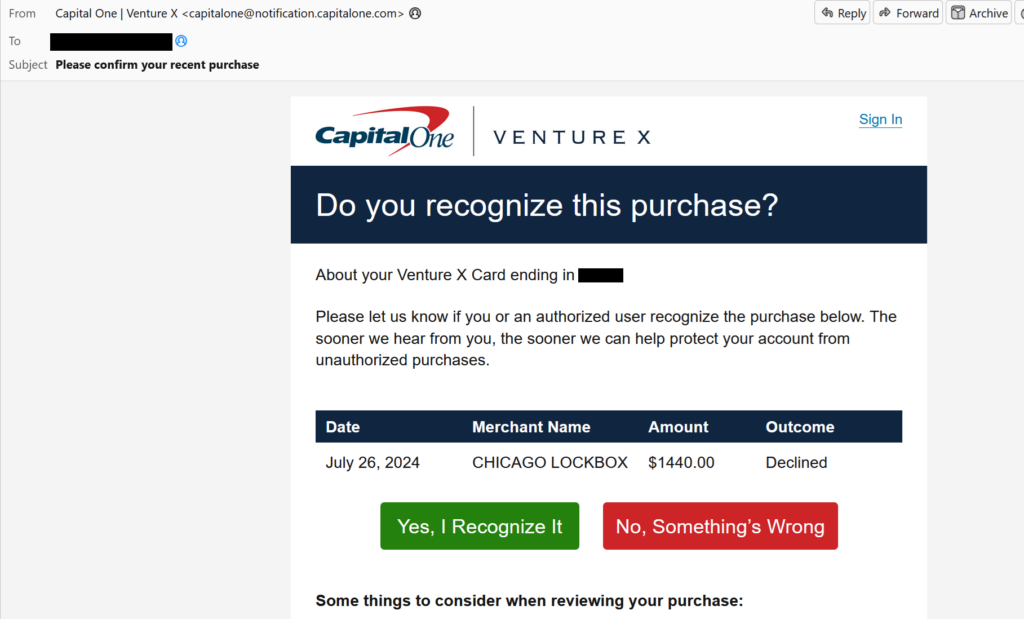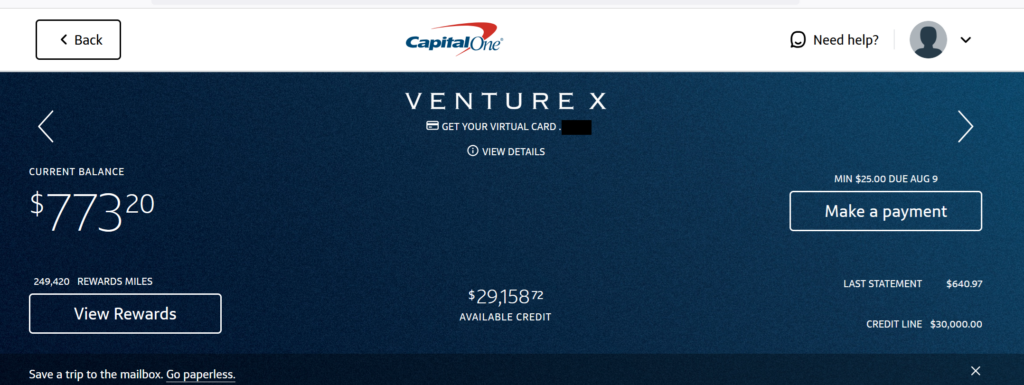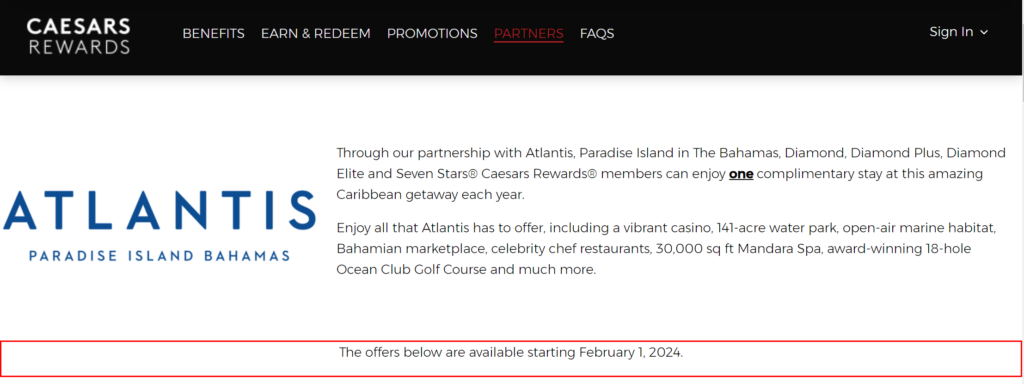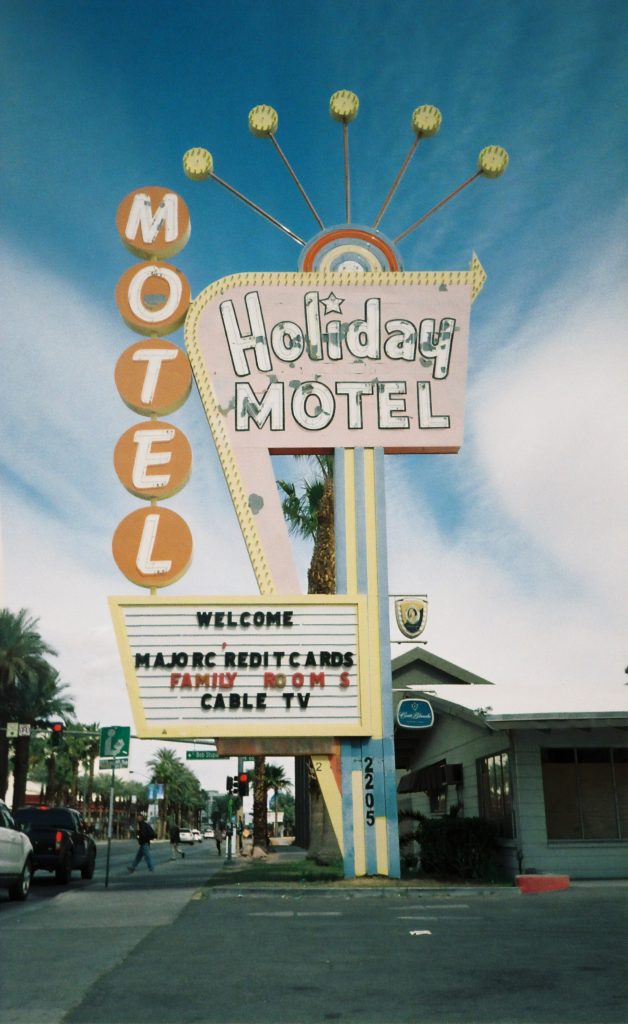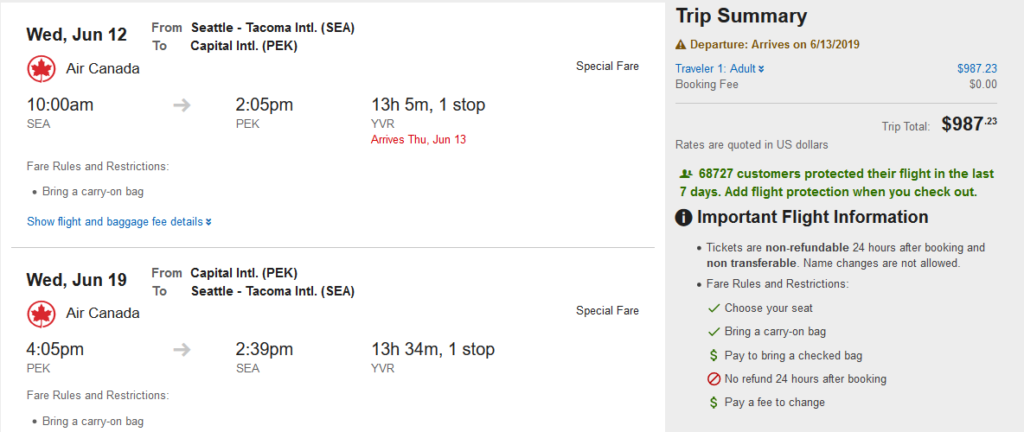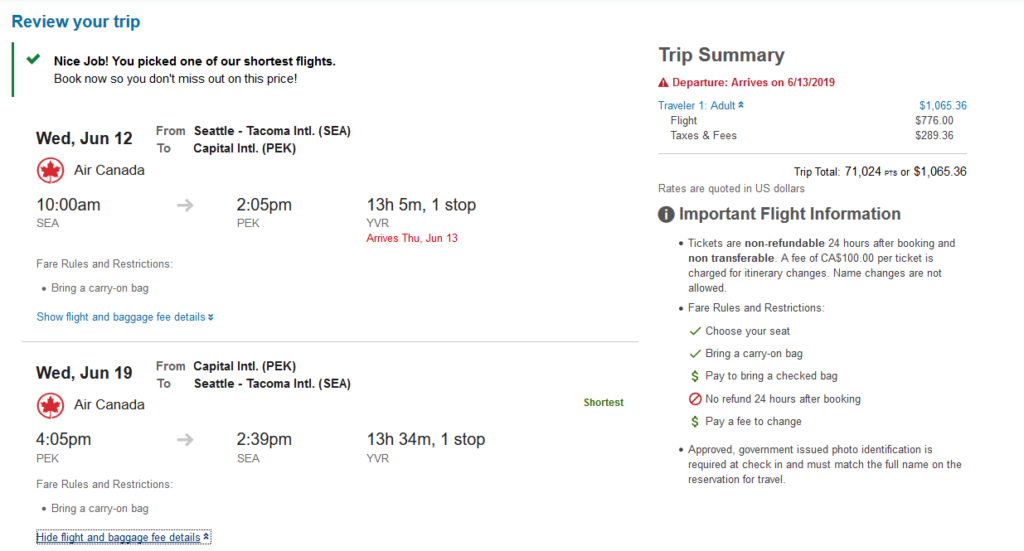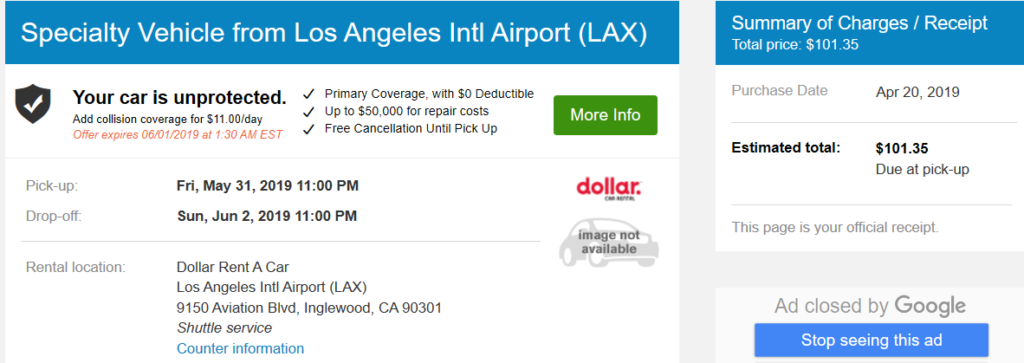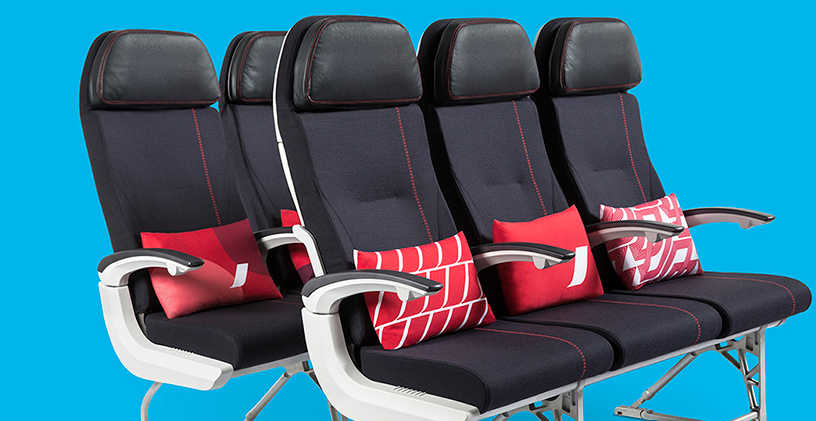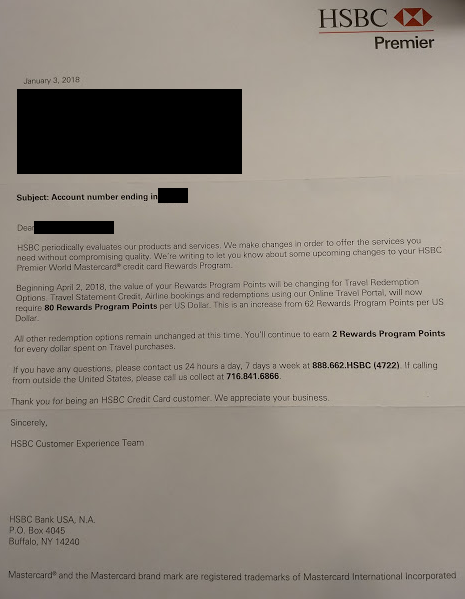You’re forgiven if you have never heard of “I Prefer Rewards.” I hadn’t until they were added as a Citi ThankYouPoints transfer partner. And when they were added, it mostly didn’t matter. The program was mostly useless because hotels in it seemingly weren’t required to offer any award inventory, so very little was available. The only thing you could realistically do was “cash and points” bookings at a handful of properties, which effectively cost about the same as booking a room outright.
Last month, with very little fanfare, all of this changed. There are very few things that I would call a “game changer” in award travel, but this is one of them. I just booked a hotel in downtown Montreal, which I would actually have paid for, at a value of 3.1 cents per point for my Citi ThankYouPoints. This isn’t a ridiculously priced, top of market international chain hotel with 4-digit room rates I’d never pay. It’s at an upper midrange property (which, granted, is nicer than I usually go for) selling for $270 per night plus tax, and I was able to redeem just 7,500 Citi points per night for it.
I Prefer Rewards is the loyalty program of Preferred Travel Group, which is an oddball consortium of independent hotels operating under the following banners:
- Preferred Hotels & Resorts
- Beyond Green
- Historic Hotels of America
- Historic Hotels Worldwide
These are independent hotels, not chain hotels, and range in size from large to small. Brand standards are decidedly looser than major hotel chains, but high customer satisfaction and a high level of service is required to remain affiliated. These are good quality hotels, but you can expect that many of them are in historic buildings and/or interesting locations. The Broadmoor, for example, is a century-old Colorado Springs landmark five star property. It’s elegant, unique and special in all of the ways that a chain hotel isn’t, while unquestionably a luxury property.
The “I Prefer” loyalty program has been around for awhile, but has mostly been ignored because it didn’t have good redemption opportunities. The only real way to earn points in the program was to stay in affiliated hotels. Points earnings opportunities through paid stays are weak, and redemption opportunities were even more weak. The most I have been able to find written online about the program involves status match opportunities, which are pretty generous. Still, with only around 600 properties around the world, “I Prefer” has been a niche program at best.
I’ll get right to the point: The value is pretty incredible. Citi ThankYou points transfer at a 1:4 ratio to I Prefer, which means that 7,500 ThankYou points turns into 30,000 points in the “I Prefer” program. This is enough for a standard room at the 4-star Hotel Monville in downtown Montreal. The reviews are excellent, and the rooms are perfectly nice. Standard rooms are equipped with a king sized bed, rain shower, electronic safe, mini fridge, coffee and tea service, 50″ LED HDTV, and free WiFi.
Before last month, there was almost no availability at any I Prefer properties worldwide. It’s not what I’d describe as “wide open” today, but there is pretty reasonable availability through the end of the calendar, even on hard-to-book dates. What’s more, pricing isn’t variable beyond different redemption levels in which properties are placed (15k, 30k, 50k, 75k, 100k per night). Peak season dates cost the same as off-peak dates, weekends cost the same as weeknights, and holidays don’t cost more.
Is this good? Yes, it’s really very good. Over 600 hotels are now bookable at good rates, with industry-leading redemption value. We’re talking 50%+ better than average, in some cases. If I have learned anything playing the miles and points game, it’s “good deals don’t last” so I don’t think the values are likely to remain this high. The I Prefer program is new to the transferable points game, and they’re still learning.
The upshot? I think that Citi ThankYouPoints are the most valuable bank points you can currently earn, as long as you use the points to transfer to I Prefer and Choice Hotels. Given the ongoing drumbeat of Hyatt devaluations, nothing else in the hotel space really touches this. The value proposition of both, given the generous transfer ratios, is simply unbeatable. In my view, you should not waste ThankYou points on airline transfers, with one exception: 1:1 transfers to EVA AIR’s Infinity MileageLands program. This program can provide excellent value and availability for flights to and from Asia, and is really icing on the ThankYou cake.
Citi has definitely stumbled in the loyalty space compared to Chase, Capital One and American Express. They don’t offer generous signup bonuses. Their approval process is best described as “goofy.” They have been on-again, off-again when it comes to offering premium credit cards. The ThankYou program manages to be more confusing than Chase Ultimate Rewards (I’m not sure how this is even possible, but it somehow is). They even stripped travel benefits–not even providing secondary rental car insurance–from a card aimed primarily at people who travel (these have slowly been restored, but it seems clear the right hand didn’t know what the left hand was doing). So, it’s surprising to see them innovating here with a new and unique transfer partner. It seems that I Prefer is trying to become a competitive program, and they’re making a big splash with availability in order to do so. I wish them luck, but either way, burn your Citi points right now with some hotel bookings. Opportunities like this rarely last.





